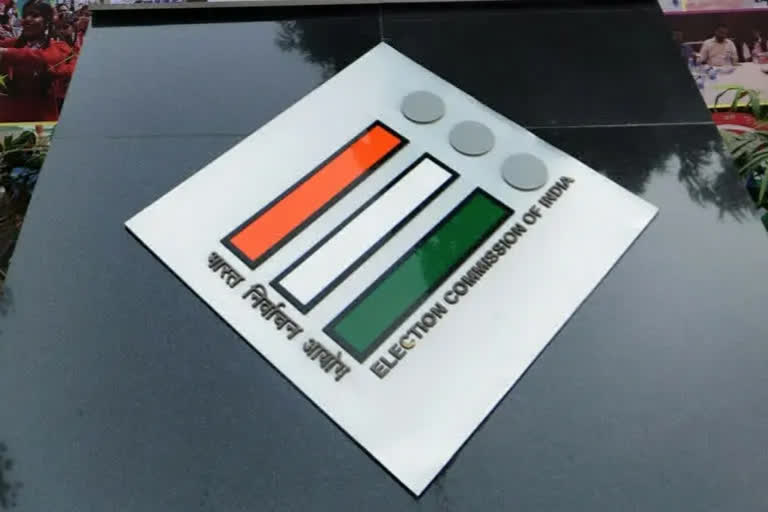Chandigarh:As counting for the recently concluded elections for 117 assembly seats in Punjab draws near, political discussions have heated up in the state with speculations doing the rounds indicating the border state is likely to see a coalition government. While coalition governments are not new to Punjab, the equations among the various political parties and an unlikely clear majority to a single party have led people to speculate about a possible “third front” when results will be declared on March 10.
It has been learnt that the Akali Dal and the BSP are already in talks over power-sharing even as discussions are also underway about a BJP alliance with both parties. The BJP had a pre-poll alliance with Capt Amarinder Singh's newly floated Punjab Lok Congress and the Akali Dal United. While the Congress and the Aam Aadmi Party contested the elections alone, Congress leader and former chief minister Rajinder Kaur Bhattal has also hinted at a possible Congress-Aam Aadmi Party alliance. All eyes are on the counting day as the parties line up to work the equations accordingly.
Interestingly, there has never been a hung assembly in the history of Punjab state elections even as an unexpected alliance also came to the fore at times. After independence, the Hindutva Party Bharatiya Jana Sangh formed an alliance with the Communist Party of India and the Akali Dal with the CPI. The alliances for power in Punjab have a long history, even before the independence of India. In 1946, the Muslim League had won 79 seats in the Punjab Assembly, which was less than the majority, while its rival Unionists had only ten MLAs who later compromised with the party and formed a coalition government.
The key to power in Punjab since independence has been with the Congress and the Akali Dal. In the erstwhile Patiala and East Punjab States Union (PEPSU) state of independent India, Gian Singh Radewala became the Chief Minister of PEPSU in 1951 after winning an independent election from Khanna Assembly constituency. In 1967, a coalition of Sant Fateh Singh Group, Akali Dal, Bharatiya Jana Sangh and Left CPI formed the government and Gurnam Singh became the Chief Minister.
